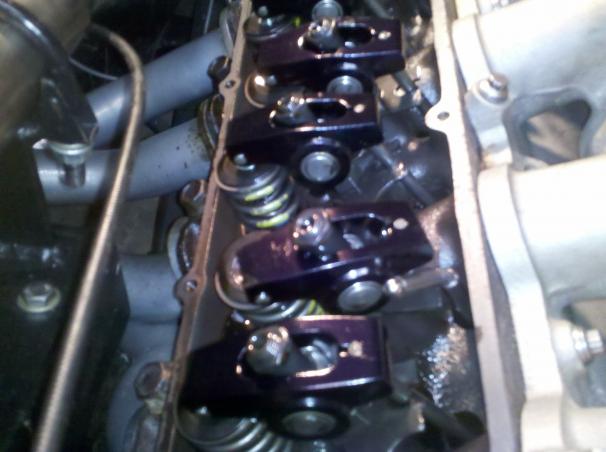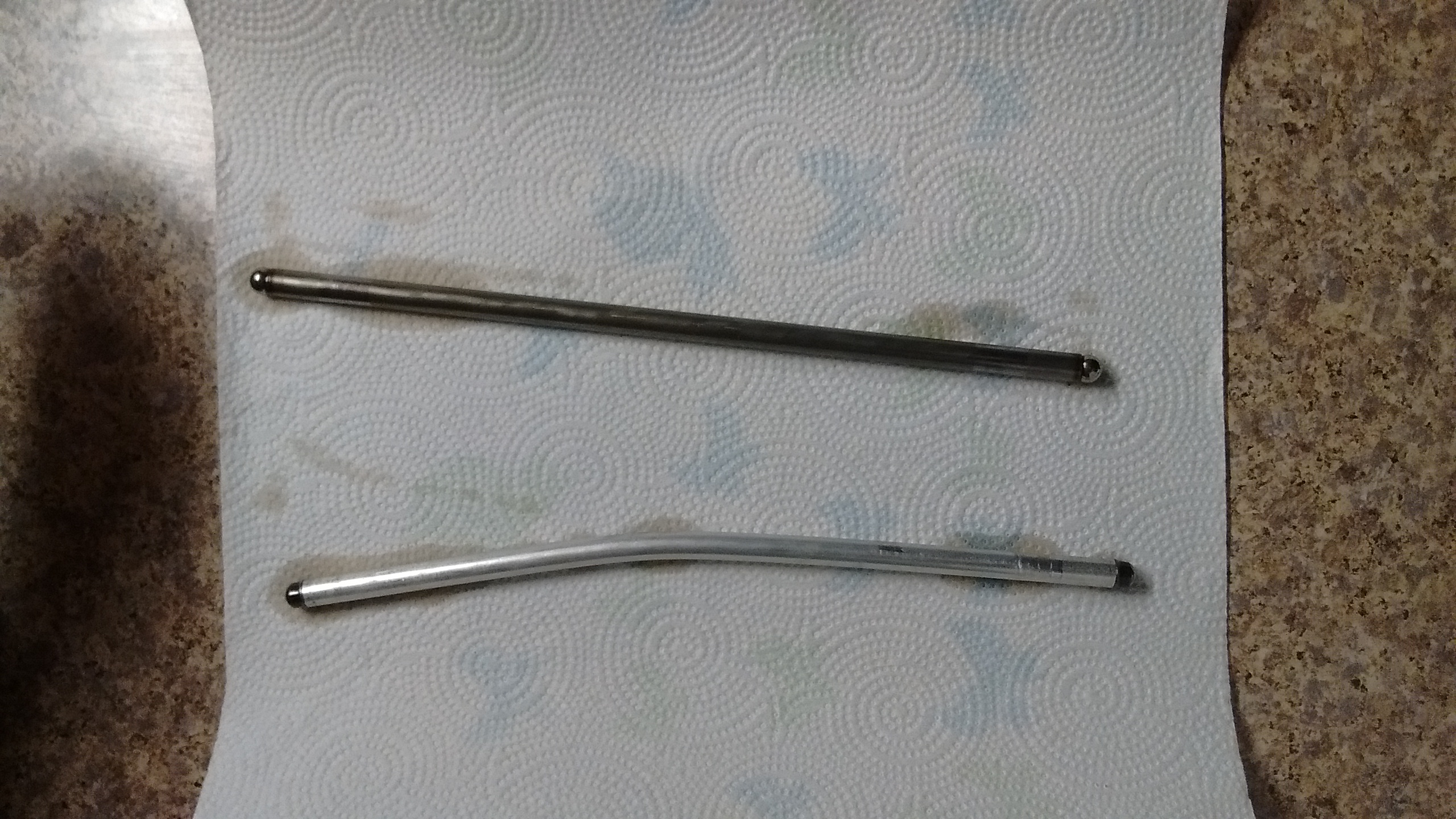Symptoms of a Bent Pushrod
As a part of the engine’s valve train system, pushrods play a crucial role in transmitting the movement of the camshaft to the valves. The pushrod is a component that is often overlooked, but when it fails, it can lead to serious engine problems. One of the most common issues with pushrods is bending, which can occur due to a variety of reasons, including overheating, over-revving, or mechanical failure. In this article, we will explore the symptoms of a bent pushrod and the potential consequences of ignoring this issue.
1. Engine Misfire
One of the most noticeable symptoms of a bent pushrod is an engine misfire. When a pushrod is bent, it may not be able to fully open or close the valve it is responsible for. This can result in a loss of compression in the affected cylinder, leading to a misfire. If you notice a consistent misfire, especially under load or at high speeds, it is important to have your engine inspected for potential pushrod damage.
2. Rough Idle
A bent pushrod can also cause the engine to have a rough idle. Since the valves are not opening and closing properly, the air-fuel mixture intake and exhaust may be disrupted, leading to a rough and inconsistent idle. If you notice that your engine is idling roughly or is vibrating more than usual, it could be a sign of pushrod issues.

Credit: www.clubcobra.com
3. Loss of Power
Another symptom of a bent pushrod is a noticeable loss of power. If the pushrod is not functioning correctly, the affected cylinder may not be able to produce the power it is supposed to. This can result in reduced engine performance, especially during acceleration or heavy loads. If you experience a sudden loss of power or find that your engine feels sluggish, it could be due to a bent pushrod.
4. Noisy Valve Train
When a pushrod becomes bent, it can cause the entire valve train to become noisy. You may hear ticking, tapping, or knocking sounds coming from the engine, especially during acceleration or deceleration. This is often caused by the misalignment of the pushrod, which can lead to increased wear and tear on the valve train components. Ignoring these noises can result in further damage to the engine and its components.
5. Check Engine Light
If your vehicle’s onboard diagnostic system detects a problem with the engine’s performance, it may trigger the check engine light. Since a bent pushrod can lead to a variety of engine issues, such as misfires and rough idling, it is common for the check engine light to illuminate as a result. If the check engine light is on, it is crucial to have your vehicle inspected by a professional mechanic to determine the cause of the issue.
Consequences of Ignoring Bent Pushrods
Ignoring the symptoms of a bent pushrod can lead to serious consequences for your engine. Continued driving with a bent pushrod can result in further damage to the valve train components, including the camshaft, lifters, and rockers. This can lead to costly repairs and even engine failure if not addressed promptly. Additionally, a bent pushrod can cause increased wear and tear on the valves and cylinder head, leading to decreased engine efficiency and potentially catastrophic engine damage.
It is important to address any signs of pushrod damage as soon as they are noticed to prevent more extensive and expensive issues from arising. A qualified mechanic can inspect the pushrods and the entire valve train system to determine the extent of the damage and recommend the appropriate repairs.
Frequently Asked Questions On Symptoms Of A Bent Pushrod
What Are The Common Signs Of A Bent Pushrod?
Common signs of a bent pushrod include engine misfires, rough idling, and loss of power.
How Can I Identify If My Pushrod Is Damaged?
You can perform a visual inspection or a compression test to check for a bent pushrod.
Can A Bent Pushrod Cause Long-term Engine Damage?
Yes, a bent pushrod can lead to valve and piston damage if not addressed promptly.
What Are The Potential Causes Of A Bent Pushrod?
Causes may include valve train issues, over-revving the engine, or excessive engine heat.
Conclusion
A bent pushrod can have detrimental effects on your engine’s performance and longevity. Being aware of the symptoms of a bent pushrod and addressing any issues promptly can help prevent further damage to your engine and save you from costly repairs. If you notice any of the symptoms mentioned in this article, it is crucial to have your vehicle inspected by a professional mechanic to diagnose and repair any pushrod-related problems.
Remember, a proactive approach to maintaining your vehicle’s engine health can save you time, money, and potential headaches down the road.

